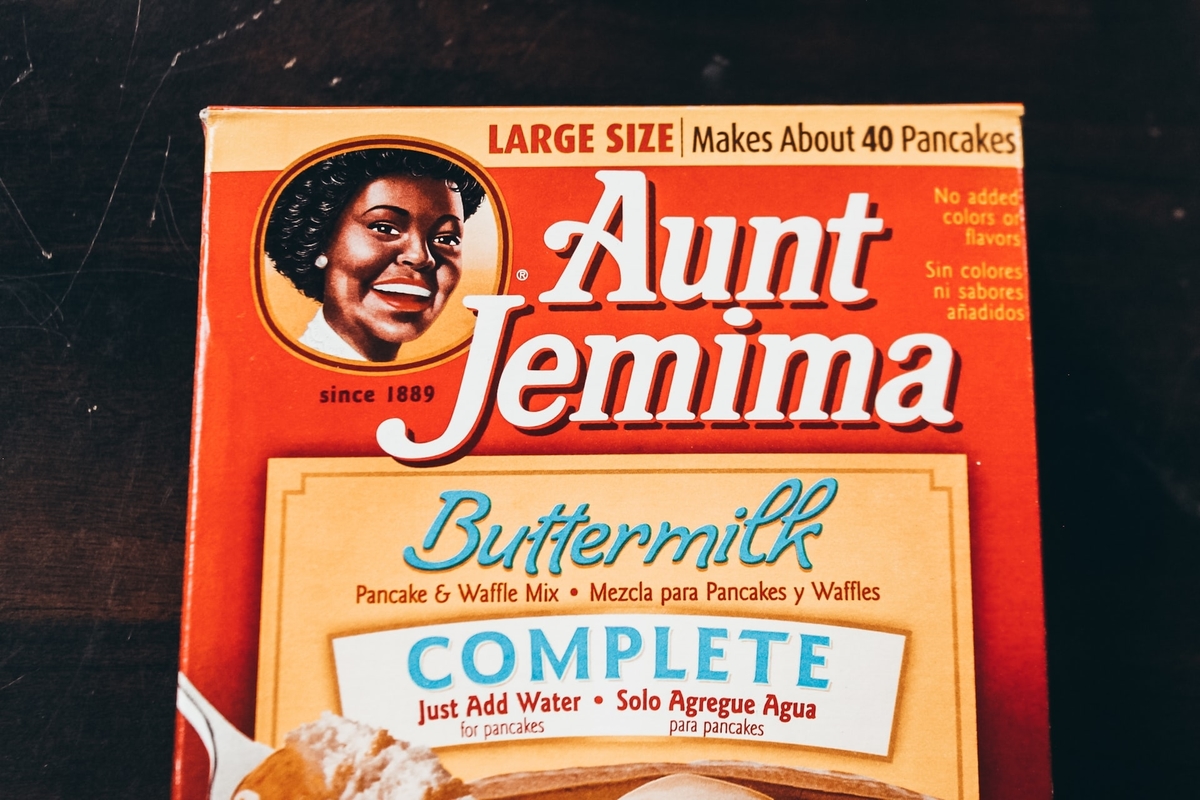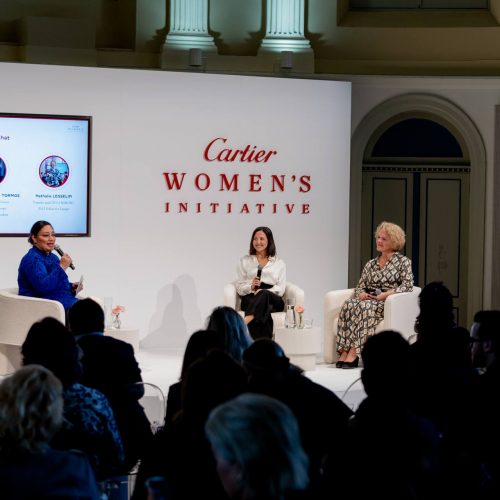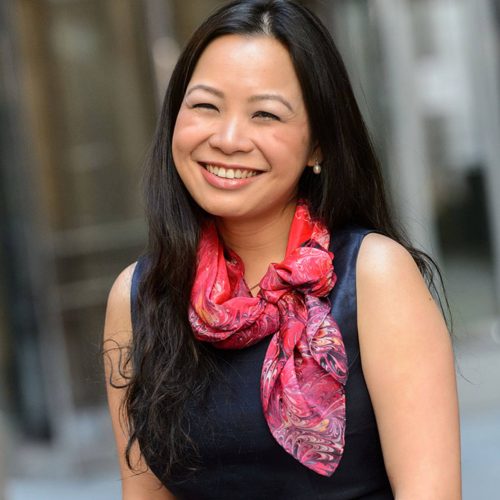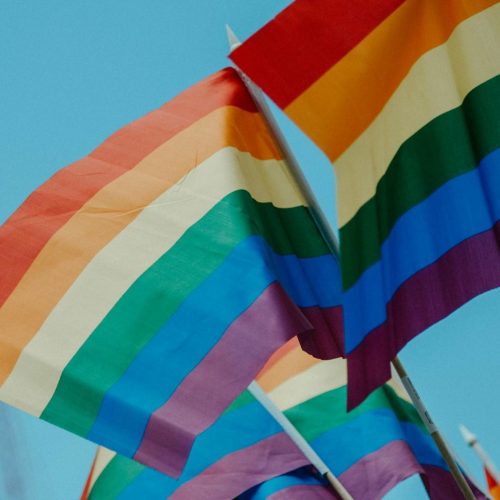Using Inclusive Language
One of the most interesting things about language is the power it has to make people feel included or excluded. Using inclusive language is an important part of being unbiased and non-discriminatory. Inclusive language allows those who speak or use it to be as mindful, supportive, and loving to as many people as possible.
To receive the Luxiders Newsletter, sign up here.
The words in a language and how they’re used will never be set in stone. Language is inherently tied to culture, and because culture is fluid, so is language. We change how we think and behave as humans, and when new ways of being emerge for us, we need new language to be able to talk about our new ways of being.
Language can either be used to fulfill ideals of egalitarianism, or imply ideas that are sexist, racist, biased, prejudiced, or denigrating. Even well-intentioned people who are loving of all people and places may be using language in a way that doesn’t support their beliefs. This is why we should always be examining our use of language. The use of inclusive language, in particular, acknowledges and values everyone. Inclusive language avoids biases, slang, and expressions that discriminate against groups of people based on their race, gender, or socioeconomic status. Using inclusive language allows us to speak to a broader audience in impartial ways.

© Omar Lopez
THE USE OF LANGUAGE IN SOCIETY
There is no segment or industry of society that doesn’t use language, and as societies change, their languages change too. Let’s take the fashion industry, for example. As the importance of using inclusive language grows, brands want to make an effort to be inclusive to all genders, races, and abilities. Though their efforts to be more inclusive are admirable, brands sometimes misuse language in their marketing campaigns, advertising, newsletters, website copy, and even company manuals.
In 2016, Tommy Hilfiger launched an Adaptive clothing line for the “differently abled community.” In this example, the problem is that language like “differently abled” is often used more by able-bodied people than by disabled people themselves, says disability theorist Simi Linton. The use of terms like this can even bring more attention to differences that may already be apparent.
Many companies have recognized their lack of inclusive language and have taken initiative to change how they use words. Some technology companies that use words like “blacklist” and “whitelist” have permanently switched to using “allow list” and “deny list” instead. Non-inclusive language can sometimes hide in unlikely places like user manuals or employee onboarding paperwork, but every change for the better is a step in the right direction.
Speaking about inclusion in general, many companies have had to reevaluate the way they operate over the course of this year. Since the unjust death of George Floyd, many companies worldwide have realized that they’re inherently non-inclusive. Nike released an ad campaign after George Floyd’s death that said, “For Once, Don’t Do It.” Even though their intent with this wordage was to show their support for the Black community, many people thought the campaign was exploitative and that it was created without deep thought regarding the matter. They received a lot of backlash and have since committed to donating $40 million to Black communities over the next four years.
Backlash against companies in response to the aftermath of George Floyd’s death has been hitting companies hard. Some brands have had to completely change the images they use on their products. The companies that own Aunt Jemima pancake mix, Uncle Ben’s rice, and Eskimo Pies ice cream bars will be finding new images that are more inclusive. The unintentional use of non-inclusive language and images is overlooked by many companies and brands, but it’s uplifting to see some of them change their old ways of being when they realize it’s time to do better.

Aunt Jemima's will no longer be using this imagery moving forward © Nong Vang
HOW TO USE INCLUSIVE LANGUAGE
Becoming more inclusive with language may take some time and effort. Changing the way we think, speak, and write is a process that takes consistent attention until it becomes second nature. Here are some words you can use if you want to be as inclusive as possible when you’re speaking, writing, or thinking:
Instead of this | Try this |
Colored people | Black people |
Oriental | Asian |
Indian | Native American, Indigenous, or First Nation |
Ethnic | Person of color |
Disabled person | Person with a disability |
He, She, Him, or Her | They |
Mankind | People or Human Beings |
Dwarfism | Short stature |
Down’s or mentally disabled | Person with Down Syndrome |
Homeless person | Person experiencing homelessness |
Deaf and Dumb | Person who is deaf |
Wheelchair bound | Person who uses a wheelchair |
How are you guys? | How are all of you? |
Latino or Latina | Latinx |
LGBTQ | LGBTQIA |
Boyfriend/girlfriend/husband/wife | Spouse, Couple |
Marginalized groups | Underrepresented groups |
Steward/stewardess | Flight attendant |
Merry Christmas | Happy Holidays |
In addition to the suggestions above, here are some additional guidelines to keep in mind:
- Try as much as possible to ask individuals which pronouns they prefer. Some people even put their pronouns at the bottom of their email signature, which is a great way to let people know how you’d like to be addressed. When asking someone for their pronouns, it’s also important to be clear that they can choose not to choose pronouns if they prefer.
- Try your best to avoid using words like “crazy,” “mad,” or “psycho” in your everyday conversations. Even though you might be joking around with your friends and telling a story, these words can be offensive, and you never know who might be living with a mental illness that could find those words hurtful.
- Try your best to avoid using jargon that might make people feel excluded from your conversation. Many industries, like the medical industry for example, are full of words that are only used by professionals in that specific industry. If you’re using industry-specific words in everyday conversations with people who aren’t in your industry, not everyone will understand them. Try your best to explain what you’re talking about so that everyone involved in the conversation has an opportunity to participate and comprehend.
These are just some examples of how language has changed in a positive way to be able to describe people in a better way. As time moves on, there are sure to be new adjustments to look out for. Self-education as it relates to the proper use of language is essential if we want to use it for the benefit of all people. The most important thing we can do is try our best and make improvements when we know better.

Jessy Humann lives and writes out of Spokane, Washington. When she's not writing about sustainability and why it's important, she loves to write poetry and do other types of creative writing. Her first children's book comes out next year.
Connect with Jessy on LinkedIn.




